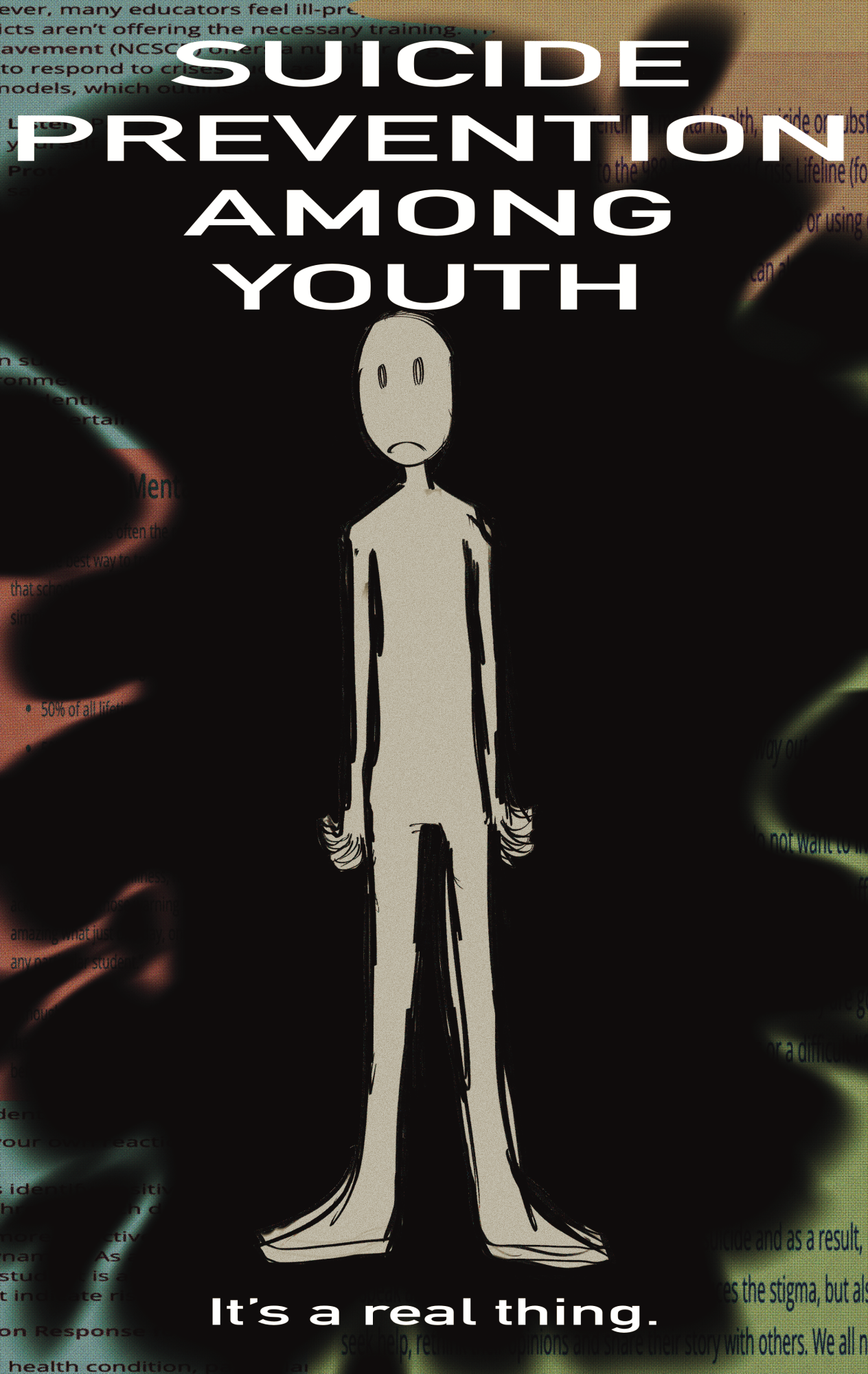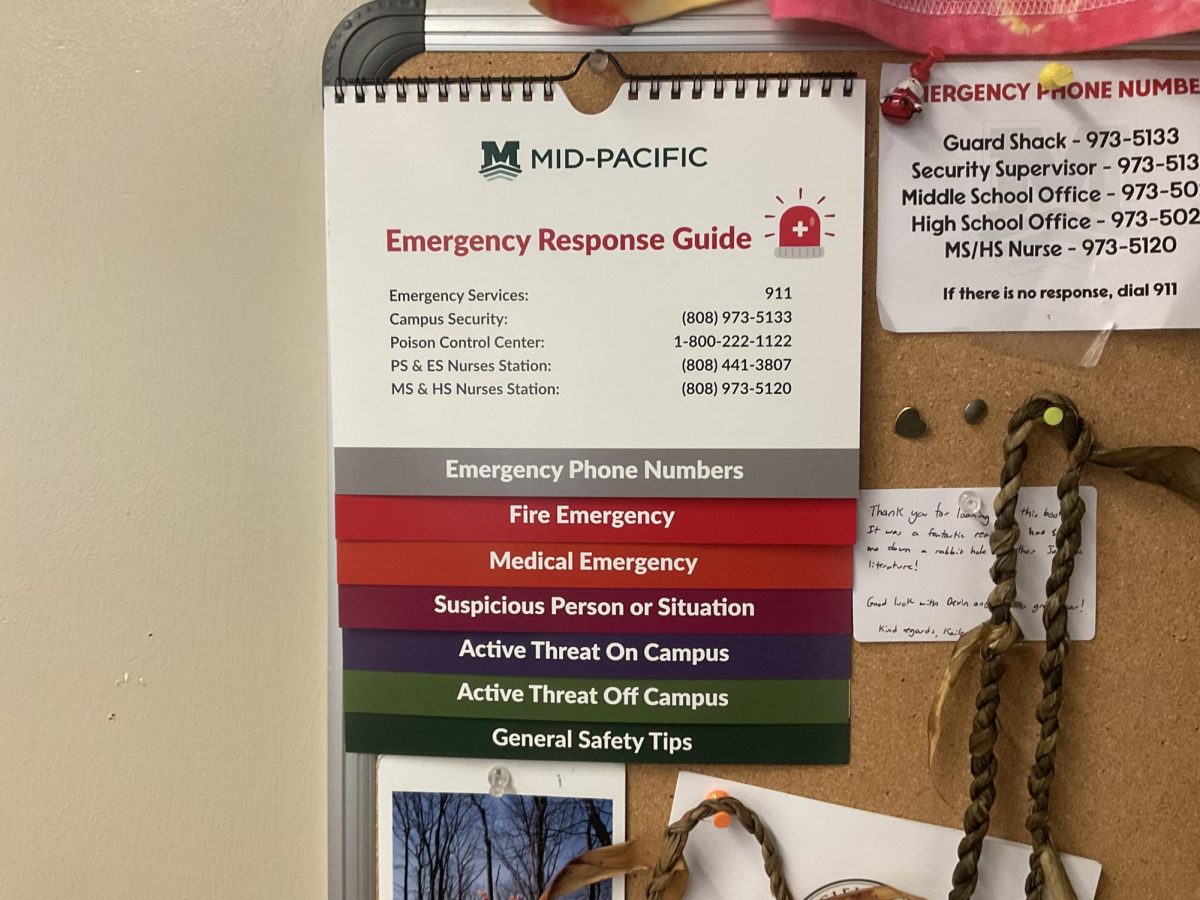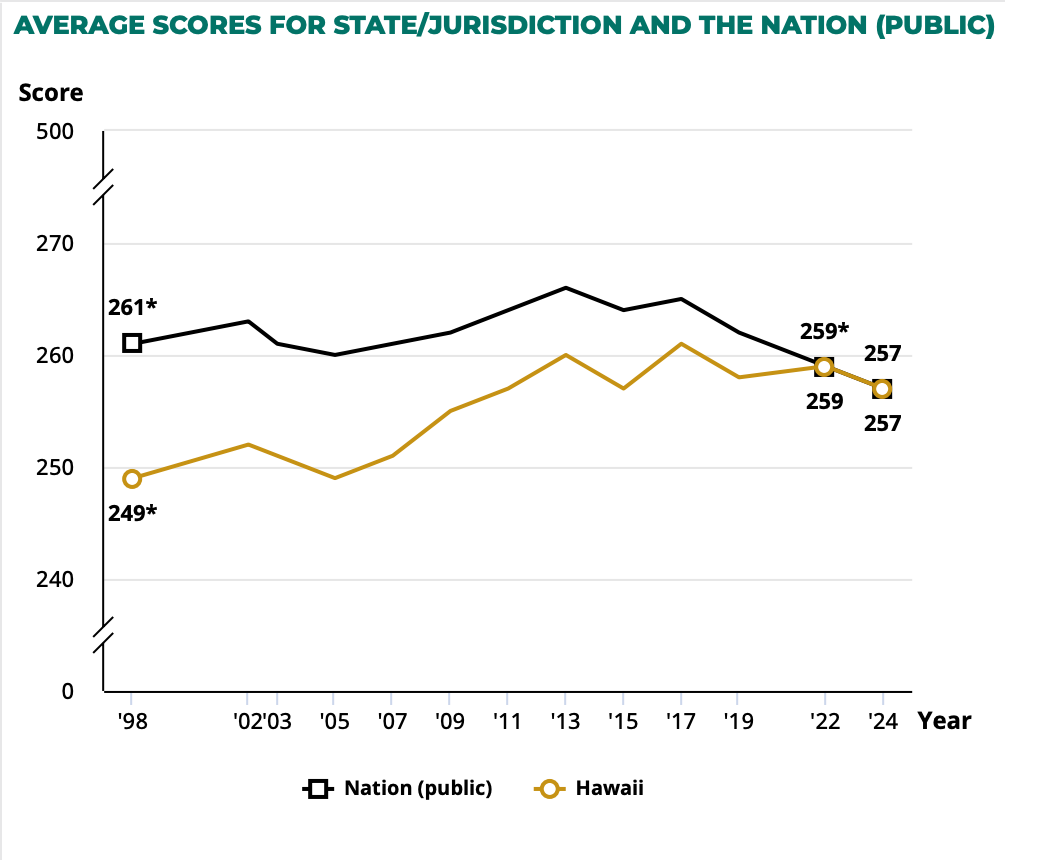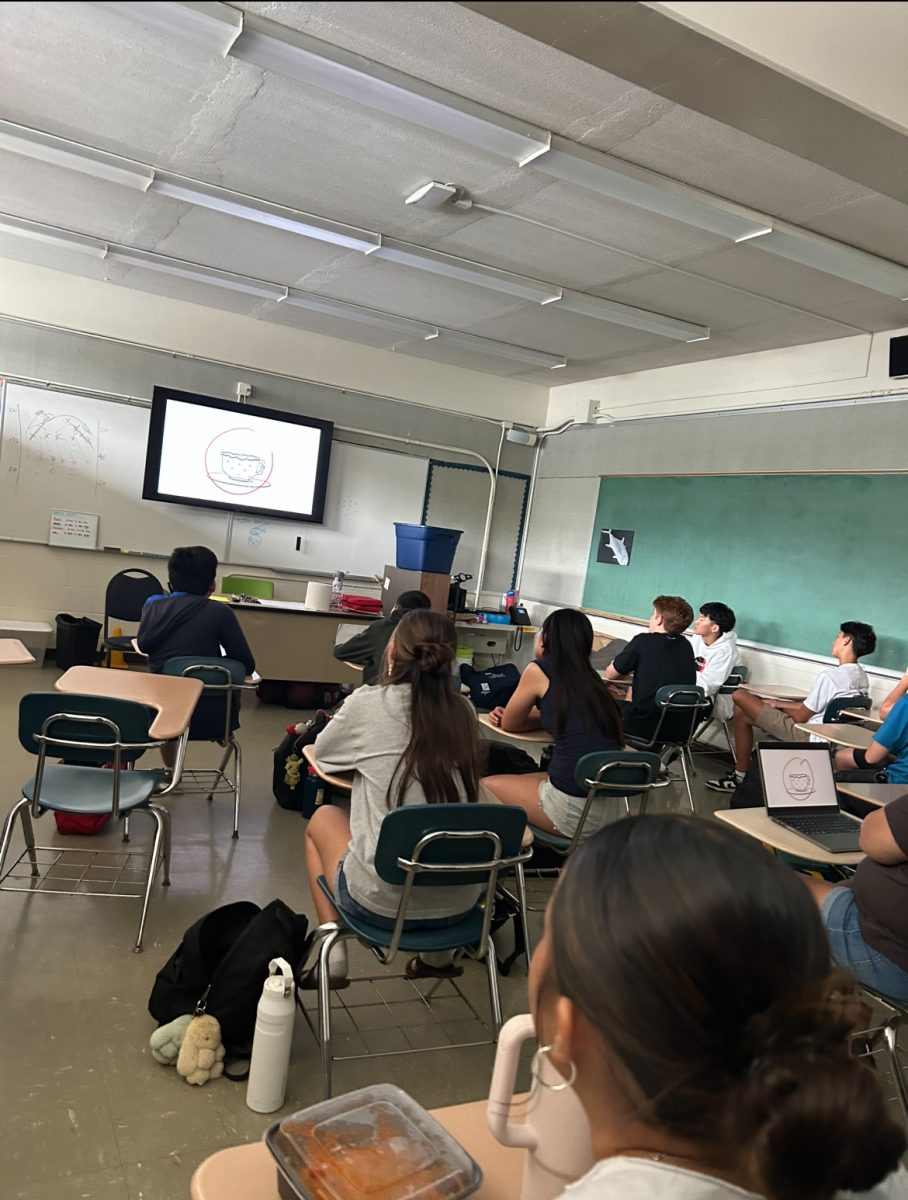Suicide prevention in teens isn’t something that’s discussed enough among youth itself.
“I feel suicide among youth is an important topic to discuss because it’s seen as something that you’re not supposed to talk about, especially with children,” Diversity Equity Inclusion (DEI) club leader Leilani Hurtt said.
Research goes to show just how little suicide awareness among teens is discussed. According to an article published by Centers for Disease Control and
Prevention (CDC) that explored suicidal thoughts and behaviors among youth, 1,952 suicides among youth ages 14-18 occurred during 2021 in America alone.
According to a corresponding article from the National Alliance on Mental Illness (NAMI), the rate of suicide has even expanded since 2005. It occurs among youth so often that it is the second-leading cause of death between the ages of 15 and 18.
“It’s important we can identify and help youth who are struggling with thoughts of suicide,” Chaplain Jenny Sung said.
According to the NAMI site, people often believe that when others speak about suicide, it can increase the rate of it. However, research has shown that talking about suicide and spreading awareness has actually helped prevent it.
“Seeking help and speaking about your thoughts or feelings should be normalized and encouraged among youth. It should not be something a person should be ashamed or afraid to speak up about,” Chaplain Jenny Sung said.
Discussing the topic of suicide with teens can not only reduce the stigma around it, but it also allows teens to express their emotions before they have suicidal ideation and further prevent it.
“We should be able to intervene before somebody gets hurt,” Director of School Services for Hawaii Center for Children and Family (HCCF) Jessie Mitchell said.
From NAMI’s list of myths about suicide, a common one people often believe about suicide is that it happens without warning. On the contrary, often there are very clear signs when someone may be having these thoughts, whether that is their behavior or their physical state, or what they say verbally.
Being able to recognize these signs is an important part of the overall goal of educating youth in order to prevent the risk of suicide among teens. If a student suspects their friend may be suicidal, there are ways they can approach and properly respond in order to help them.
“When people are mindful, they use more supportive language and help others that may be hurting,” Jessie Mitchell said.
Spreading information and awareness about suicide among students and youth is important to help students feel safe and cared for, especially in a school community where they are supposed to feel safe.
I
n order to create an environment where students feel safe enough to open up about their struggles, a community needs to provide, support and teach healthy habits for students to lead a healthy and comfortable life.
“Small acts of kindness such as complimenting somebody, whether that be what they’re wearing, or holding the door for somebody can start a chain reaction to help others treat themselves healthier,” freshman student council member Minato Hirano said.
One important source that students can use to feel safe and comfortable at Mid-Pacific is the HCCF office in Atherton, in room 105. It is open from 8 a.m – 3 p.m every day of the school week.
Another source that students can turn to, if they are not able to go to HCCF, or if they feel uncomfortable for any reason, is chatting with the 988 suicide hotline. Conversing with a trusted adult or friend is also an alternative and encouraged option to be open about the feelings teens are struggling with.
“The more tools we are equipped with, the more we are able to help each other as a community,” Sung said.















F • Jan 9, 2025 at 10:40 pm
Thank you for sharing this article. It does a great job highlighting the importance of raising awareness about suicide prevention among teens. The quotes from experts and students really make the message relatable and impactful. I also love how it talks about small acts of kindness and creating a safe space at school, it’s such a powerful reminder of how little things can make a big difference. Including resources like the HCCF office and the 988 hotline is super helpful too. Having gone through similar feelings myself and reflecting on them, this really hits close to home. It’s such an important topic, and I’m glad it’s being talked about. Hope this article can be seen worldwide. well done 😀